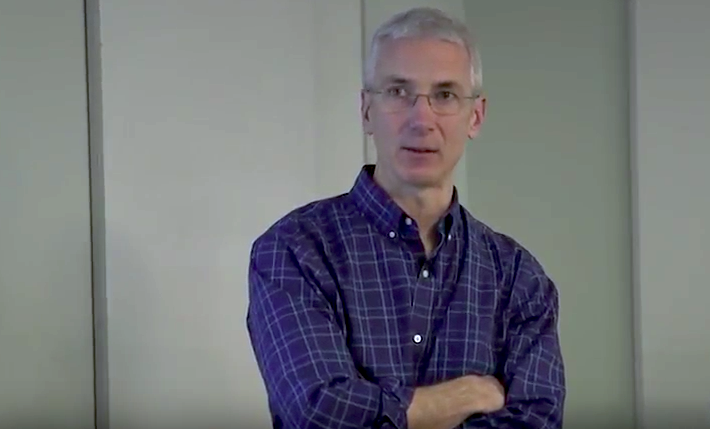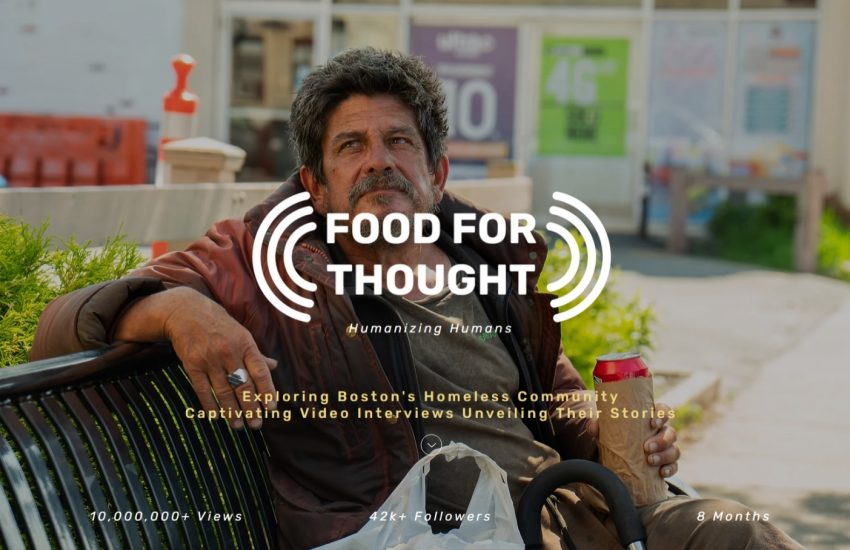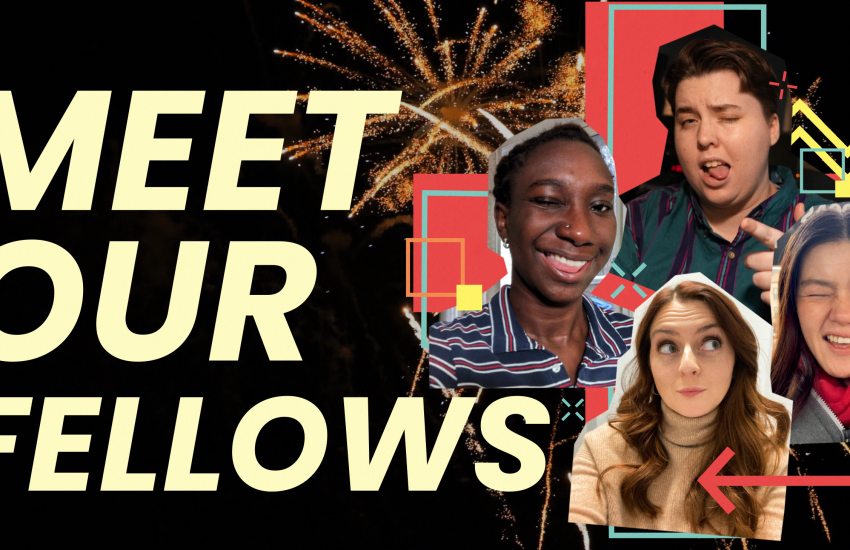Figuring out local TV’s future with the help of the industry
It’s no secret the media landscape is evolving. Social media dominates. People’s faces are glued to their smartphones. But their thirst for news and information hasn’t disappeared. If anything, it’s increasing.
The changes are forcing all news organizations to re-evaluate what they’re doing and how they’re doing it. This is especially true in local television news, which despite shrinking audiences, remains a main source of news for most Americans.
The Reinventing Local TV News Project at Northeastern University is experimenting with new methods of video storytelling to better engage audiences on-air and online. As part of the project, journalism professors Mike Beaudet and John Wihbey have assembled an advisory group of industry veterans who understand the challenges facing the industry.
The impressive group is made up of media professionals and academics who have worked in and around television news at every level. They’re functioning as a sounding board for the research and providing invaluable insights.
Reinventing Local TV News Advisory Group
- Karen Agresti, EVP, Director of Local Integrated Investments, Trilia Hill Holliday
- Aleszu Bajak, Storybench.org Editor, Northeastern University
- Callie Crossley, Host, WGBH
- Bob Crowley, Senior Photographer, CNN
- Marsha Della-Giustina, Professor, Emerson College
- Bill Fine, President and General Manager, WCVB-TV
- Andrew Heyward, MIT Media Lab, former CBS News President
- Dan Lothian, President, Little Park Media, former CNN Correspondent
- Linda Miele, News Director, WHDH-TV
- Mike Oliveira, News Director, WFXT-TV
- Kenny Plotnik, Vice President and News Director, NBC10 Boston
- Bob Schieffer, CBS News Political Contributor, former Face the Nation Host
- Alan Schroeder, Professor, Northeastern University
- Maria Stephanos, Anchor, WCVB-TV
Advisory group member Bob Crowley of CNN recently visited Mike Beaudet’s Experimental Video Storytelling class at Northeastern. It’s a laboratory where students are producing both traditional and experimental versions of their stories. They’ll then take what they learn to help remix local television news stories from across the country as part of the research project.
Crowley said that he is always eager to try new video storytelling techniques, from long-form and social media video to virtual reality and 360 video. But he stressed the importance of incremental change, which he believes can make it easier for the audience to embrace something unfamiliar.
The advisory group recently offered their assessment of the local TV industry in an online survey. Here are some of their responses:
What are the biggest challenges facing the local TV news industry?
- “The biggest challenge is staying relevant and figuring out the multi-platform world.“
- “The biggest challenge is simultaneously serving the still important live TV audience while building out a high-quality digital experience that isn’t truly profitable yet.”
- “Connecting with the next generation of news consumers, who will never watch a linear TV news broadcast. While some of the smarter leaders see this, the industry has been slow to innovate and change. It’s still too easy to make money the old-fashioned way.”
- “The biggest challenge is loss of viewership, particularly among the post-Baby Boomer generations. TV news is not prepared to handle it.”
- “The biggest challenge facing local TV news is retaining a splintered audience. Social media has cannibalized our business and we need to make sure we stay in the game with being accurate, responsible journalists. I think we have no choice but to be prepared to handle it otherwise we won’t exist.”
Should local TV newsrooms consider new methods for video storytelling?
- “We should always be looking for new ways to tell stories and produce newscasts – and maybe the word newscast isn’t even the way we should be thinking about this. We should be looking for new ways to strengthen our relationship with people by producing information that can inform, help, comfort and protect them and also inspire them to action when necessary.”
- “If we really put the audience first, the methods we use to tell our stories will depend on their interests, their screens and the time they have available.”
- “Local TV news operations seem entirely too afraid of breaking out of their comfort zone.”
- “It seems to me that a local TV news outlet willing to offer a unique viewing experience would be in a strong position to attract and grow audiences. Local stations should be more eager to counter-program against each other, rather than everybody adhering to the same formula.”
- “Print has had to figure out an entirely new model, while TV has essentially been satisfied to take its broadcast techniques, tweak them, and replicate them online.”
- “There are great unedited videos that go viral. maybe slick isn’t always necessary. Maybe extended interviews where people get to really share their stories can be more effective than a carefully packaged tell. Maybe the typical anchor set needs be reworked.”
Yes, the challenges facing the local television news industry are real. But the Reinventing Local TV News Project views these challenges as opportunities. Remember, local TV news is important. The advisory group believes it. The researchers believe it too and are looking at better video storytelling as key to growing the audience.
- Figuring out local TV’s future with the help of the industry - February 22, 2018





